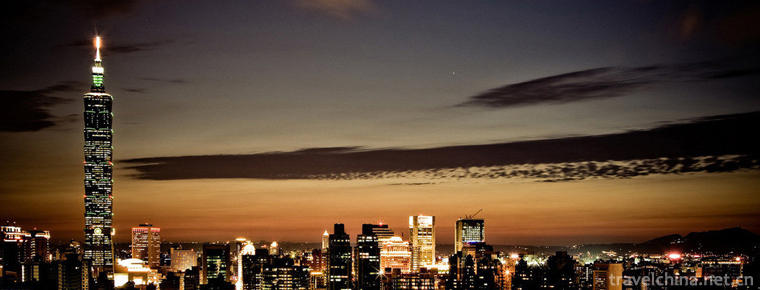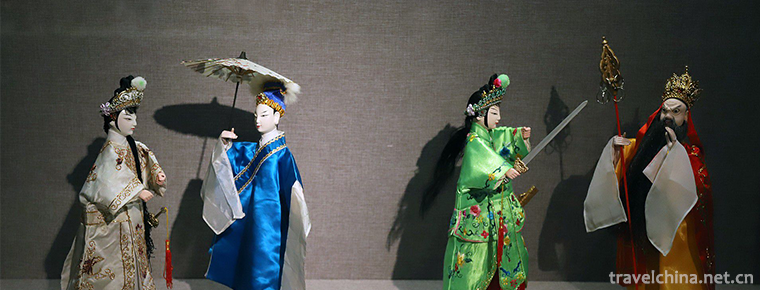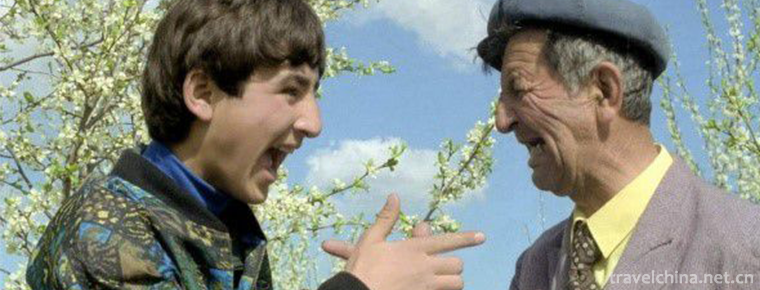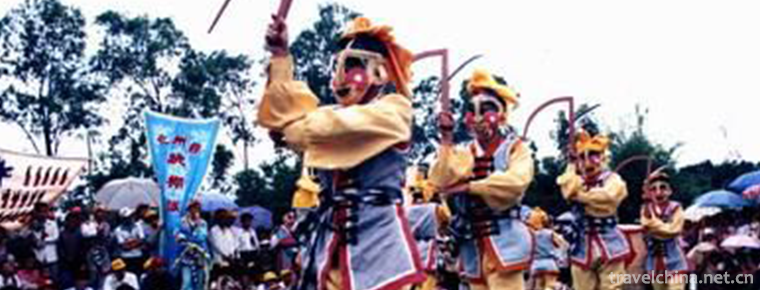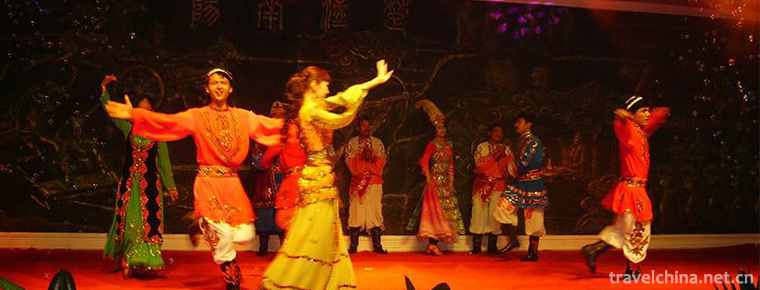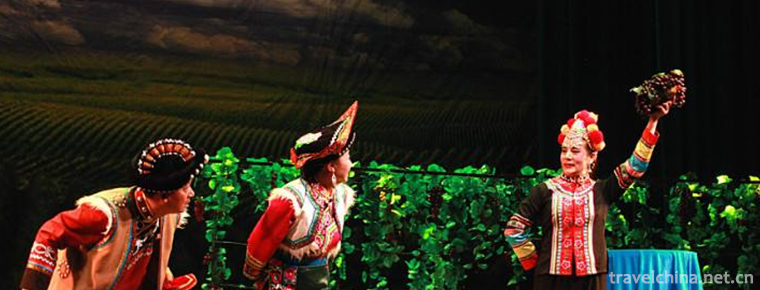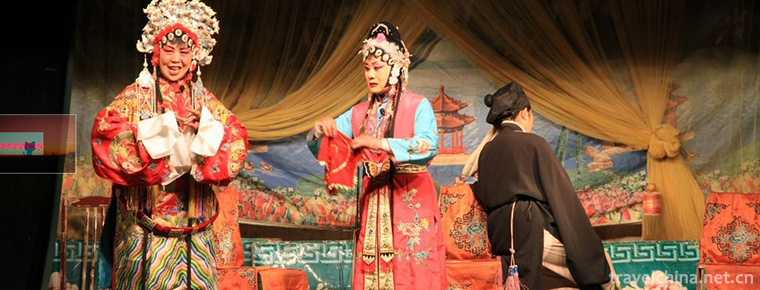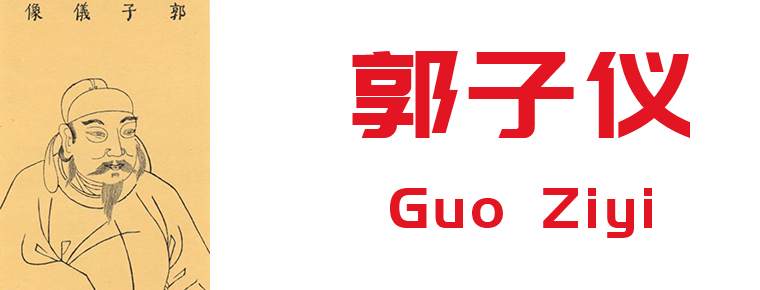Chinese Fashion Making Skills
Chinese Fashion Making Skills
Chinese style clothing (dragon and Phoenix cheongsam) originated from the late Qing and Qianlong dynasties, and is the inheritor of the Shanghai style cheongsam. Hengsheng's suit, which originated in 59 years of Qianlong, has a history of more than 200 years. By the 1930s, Fenggang tailors had established their leading position in the country. The unique skill with distinct Chinese costume style. With high-grade brocade and silk as fabrics, she tailored and sewed a series of products, such as cheongsam, gown, men's and women's Chinese suits, silk and cotton jackets, which are representative of Chinese costume culture and have far-reaching influence on both sides of the Straits and Southeast Asia.
On May 23, 2011, Chinese fashion making skills were approved by the State Council and listed in the third batch of national intangible cultural heritage list.
Brief Introduction to Production Techniques
June 2011 was selected as the third batch of national intangible cultural heritage list.
Number: 1173 Project Number: _-193 Declaration Area or Unit: Jing'an District, Shanghai, Huangpu District, Zhejiang Province, Hangzhou City
"Revitalizing the skill of making Chinese-style clothes in Xiangxiang" is a unique skill of making Chinese-style traditional clothes by hand. Over the past hundred years, this skill has absorbed and inherited the essence of costume culture of the Chinese nation for thousands of years, and has formed unique skills with distinct Chinese costume style, such as "big breast, erect collar (also known as Chinese collar), one-word button, inlay, inlay, roll, down, plate, nail, hook and embroidery". With high-grade brocade and silk as fabrics, she tailored and sewed a series of products, such as cheongsam, gown, men's and women's Chinese suits, silk and cotton jackets, which are representative of Chinese costume culture and have far-reaching influence on both sides of the Straits and Southeast Asia.
Its inheritor, Li Min Chinese Clothing Factory, is an old Chinese enterprise with stores on Youth Road and Jiefang Road in Shangcheng District. Ms. Chen Xiangmei, a well-known Chinese American, and Ma Ji, a famous cross-talk artist, are old customers of Limin Chinese garment factory, where Yao Ming has also ordered clothes. The factory also participated in the production of "blue and white porcelain" at the Olympic Games, and the Boao Chinese shirt worn by heads of state during the Boao Conference came from the factory.
The History of Clothing Making
Before liberation, Chinese clothing was called garment industry. Before the Qing Dynasty, there were only ready-made clothes shops in Hangzhou. This is the first form of Chinese fashion industry. Hangzhou Chinese style clothing style, following the Qing Dynasty's long gown, horsecoat, cheongsam, short shirt, most of them are men's long shirt, women's cheongsam, men's double-skinned short shirt, women's large-skinned short shirt, waistcoat, pants and so on.
In 1932, Ren Weng Tai School of Zhuji opened the "Revitalizing Xiangxiang Garment Shop" in Hangzhou. Because of its exquisite and unique skills, it has formed a set of self-contained superb production skills, and its business is very prosperous. In January 1956, it was renamed "Hangzhou Limin Chinese Garment Supply and Marketing Co-operative". As a technical consultant, Weng Tai School taught tailoring and sewing techniques in the way of teachers and apprentices, so that "revitalizing the production techniques of Xiangxiang Chinese Garment" was completely preserved.
The process flow includes:
Style conception: emphasizing tailor-made, personalized production.
Measure size:
Requirements must be courteous, sharp hands and feet, one measure is accurate. Fabric selection: All fabrics are made of high-grade brocade or silk fabrics produced locally in Hangzhou.
Cut:
Cutting can be divided into big cutting, small cutting, lockshell cutting, flower cutting and so on. Require to determine the direction of fabric pattern decoration, not arbitrarily reversed. Sewing: To revitalize the Chinese style garment sewing, there are specific requirements for stitch density, yarn orientation, sewing regulations, ironing and other processes. When a garment is finished, its appearance is natural, and it can't see a little needle and thread foot, which can only be achieved by manual refining. Xingxing sewing techniques include inlay, inlay, rolling, downfall, plate, nail, hook, embroidery and so on. Among them, disc button is the most distinctive feature of Xingxiang clothing production, and it is also a pure manual "lifestyle". Nail button: With an irrigation needle, nail the flower buttons with different shapes, playing the role of finishing the picture. Finally, the ready-made clothes are ironed and packed.
Xingxiang Chinese style clothing production technology, adhering to the exclusive traditional crafts, handicraft, tailor-made, fine-tailored is its characteristics. The inheritance of skills is entirely handed down orally by teachers with apprentices.
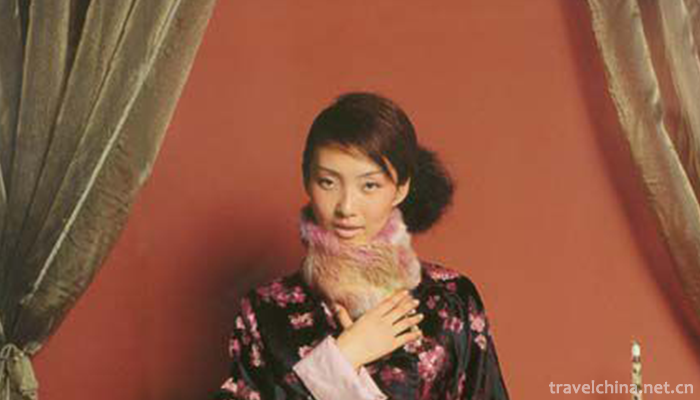
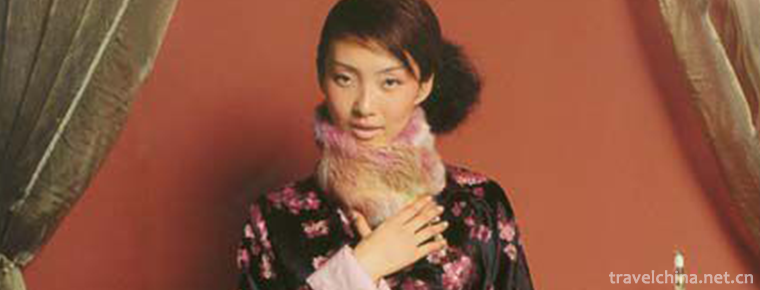
Chinese Fashion Making Skills
-
Taipei 101 building
Taipei 101 Building, formerly known as Taipei International Financial Center
Views: 329 Time 2018-10-12 -
Shika Snow Mountain
Sheka snow mountain scenic area is located in the southwest of Jian Tang town in Shangri-La County
Views: 204 Time 2018-10-19 -
Changchun World Sculpture Park
Changchun World Sculpture Park is located in the south of Renmin Street in Changchun City. It covers 92 hectares, including 11.8 hectares of water.
Views: 244 Time 2018-12-05 -
Puppet Show
Chinese puppet show has a long history. The common view is that it originated in the Han Dynasty and flourished in the Tang Dynasty. In the Three Kingdoms, couples could perform acrobatics, while in t
Views: 140 Time 2019-06-06 -
Chak Chak
"Chuck Chuck" is a highly interactive dialogue between two or more people. According to the different content and language characteristics, it can be roughly divided into five types:
Views: 99 Time 2019-06-10 -
Flower hopping shed
Dancing Huapeng, introduced from Fujian in Ming Dynasty, is an ancient traditional folk dance, belonging to Nuo dance. It has a fixed "Keben" (singing desk book), which is divided into 18 br
Views: 266 Time 2019-06-21 -
Uygur Folk Songs
Uygur folk songs are rich in content, which can be divided into two parts: traditional folk songs and new folk songs. Traditional folk songs include love songs, labor songs, historical songs, Life son
Views: 180 Time 2019-06-26 -
Yi opera
Yi Opera, a local traditional drama in Dayao County, Yunnan Province, is one of the national intangible cultural heritage.
Views: 420 Time 2019-07-12 -
Zao Bang
Zaobao is one of the traditional local operas in Shandong Province. It is mainly popular in Heze, Yuncheng, Liangshan, Juye, Juye, Juancheng and Dingtao. It developed under the influence of local lang
Views: 255 Time 2019-07-16 -
Bing Xin
Bing Xin (October 5, 1900 - February 28, 1999), female, formerly known as Xie Wanying, Changle, Fujian province (now Changle District, Fuzhou), China Association for democracy promotion ( China Associ
Views: 182 Time 2019-09-06 -
Guo Ziyi
Guo Ziyi (697 - 781 years), Zi Zi Yi, Iowa Zheng county (now Shaanxi) Weinan city Hua Zhou District ) People. The famous Tang Dynasty Politician , Militarist
Views: 268 Time 2019-09-07 -
Guangan Airlines
There is no airport in Guang'an, but there are many airports around it. At the same time, Guang'an terminal building of Chongqing Jiangbei International Airport has been built in the urban area. Guang'an is 110 kilometers away from Chongqing Jian
Views: 184 Time 2020-12-19
